|
Hello again! It's hard to believe it but it’s almost Week 8! My introductory fly experiment presentation went well, and I finished early, so no taking away of the clicker. Now, I’m two weeks into my independent research project and the lab is starting to get less scary. I feel like I’ve gotten to know everyone better now, and being in the lab is so much fun! I’ve become much more efficient in making my fly food, and thanks to Dr. Leystra’s concentration wizardry I only needed to make two drug stocks for each of my conditions. Speaking of my experimental conditions, I’ve chosen my independent research project! I decided to test the effects of lead poisoning on fruit flies gut microbiome. I did some additional research and found that vitamin C and iron-rich diets were sometimes used to remove lead from the human body, so I used both as drugs. My working hypothesis is that lead will decrease microbiome diversity, and that iron and vitamin C will restore it. If you’ve done the math, you might have noticed that would mean I have 8 vials to make and test every week. And you would be correct. Do I regret my decision? Depends on how Week 8 goes, but so far no. I’ve managed to create an assembly line system to make all my water solutions for my fly food, which cuts down on that step by almost half. Last week, however, I ran into the issue of having no functional pens to label my vials with. After sending over 10 pens to their demise though, I finally found one that worked! I also found out there is a drawer full of brand new pens in the prep room, only a couple of feet from where I was attempting to label my vials. Fun! I also decided to lower the number of flies in my vials from 60 to 30, which makes my sorting time as low as a four vial experiment. All that time saving is necessary because for my experiment as I am doing the microbiome assay, which is complicated, to say the least. It requires five males from each of my vials to be put in separate microcentrifuge tubes. After that, you need to drown them in ethanol for one minute to kill external bacteria that will interfere with the results. The problem with microcentrifuge vials is that there is no way to knock the flies out once they wake back up. I found that out the hard way when one of my CONTROL vial flies escaped as I pipetted in the ethanol. I guess you could say I have a bit of a love-hate relationship with the flies. Even in death, they manage to be annoying, as two of the CONTROL vial flies managed to fall out of the tube when I flipped it over to air dry. Luckily, it was smooth sailing from this point on, as all you need to do is crush them up into MRS broth and then dilute into a 1/50 mixture. Pipette it into the MRS plate, and then boom, done! If I did that step correctly, I now have data! If I didn’t, then yes, I do regret having 8 experimental vials.
0 Comments
Time flies when you are having fun! While half of TRIP has gone by, I met so many intelligent and humorous people who I can work, talk, struggle, and have fun with. Dr. Purdy and Dr. Leystra are both incredible mentors that guided us through many procedures as well as provided us with the opportunity to cultivate our interest in science. With all these preparations, my journey of exploring a field of my interest has begun. During the first few weeks of TRIP, we were each assigned a drug, a stressor, and a formulated question to investigate. There were many protocols to follow throughout the experiment, such as controlling micropipettes, making drug stock, differentiating the gender of flies, sorting them, executing the assays, etc. They all had their own challenging parts, but I definitely enjoy the process and had so much fun working with different people. Nita and Lizzy are awesome partners to work with when we perform the negative geotaxis assay (where flies’ mobility is measured). Out of which, I was the most nervous about our presentation since my English is not totally fluent, and I lack confidence in presenting analyzed information on my own. After the presentation, I thought to myself: “wow, that must be the worst presentation of all day.” I received a lot of professional feedback and encouragement from my friends and Dr. Purdy and Dr. Leystra. TRIP feels like a big family to me, I never feel helpless or like an outcast after talking to them. Every week, millions of high school students have numerous tests and quizzes to face, along with dozens of homework, studying, and extracurricular activities in the after school hours. This often leads to around 73% of high school students not getting enough sleep after their busy day. Thus, we often rely on energy beverages such as caffeine or sport drinks to “redeem” for our loss of sleep. Thinking that the 500mL bottle of drink would suddenly boost different elements of our body as the sweetening, tender liquid supply into our body. However, does this actually work? In what way does energy drink help/does not help with our body’s cognition after the disruption of sleep? So, I decided to take this question into my independent project in TRIP. I brought in Pocari Sweat, a popular energy drink in Asia, which is always consumed whenever someone has a fever or is in the middle of a sports game. I also decided to shine some of the fly vials with constant light in order to disrupt their sleep. I predict that Pocari would have a positive effect on the cognition of the larvae, while the disruption of sleep would have a negative effect on the cognition of the larvae. So far, from the observation of the fly vials, surprisingly there are more larvae produced in each vial that have Pocari in it. Looks like it does have an effect on fertility (potential topic to discover). As of testing the memory of the larvae, we will get some data on that next week in TRIP! Lastly, I want to give my praises to Nita, who got into Boston University! Just wait for one more year and we hopefully will be in the same area in no time <3
I never knew I could learn to love a bug, but somehow, it happened. So far I have loved working in the TRIP lab and it’s really opened my eyes to the full process of research, from coming up with an idea, or several, that is doable and intriguing, to actually planning out the experiments themselves and collecting data. The first few weeks have already passed by so quickly and I feel as though I've learned so much. I’ve definitely gained a newfound respect for the fruit fly, they are fascinating creatures. I never knew I could learn to love a bug, but somehow, it happened. Another one of the great experiences that thas come from these weeks has been the other students that I get to work with. Everyone is extremely friendly and always open to share what they are doing when asked. At first, I was a little nervous meeting so many new people and I honestly felt like I was the only person lost at certain points, but after talking to everyone during the program, I learned that we all feel the same way at times and it definitely made me feel more comfortable in the lab. We are always willing to help each other and once our independent projects began, it really emphasized the point that this was a group experience that we all share. One of the biggest challenges that I've faced has been coming up with a topic to study for my independent project. I spent a lot of time researching different drugs and how to induce specific effects, like reducing the senses of taste and/or smell, in my flies. I knew I wanted to do something with sensation because being able to monitor the effects the loss of certain senses has on behavior could potentially influence how doctors treat their patients based on their behavior patterns. After help from the amazing instructors, I’ve shifted the focus of my project towards pain tolerance and how the painkiller Aspirin affects the bravery of the fruit flies. I decided to go with this topic because finding a connection between pain tolerance and risk-taking behaviors could lead to predictions in human behaviors and whether they would need extra assistance in activities like physical therapy, possibly being too afraid to do it by themselves because of the pain. Additionally, I started noticing that those who are more outgoing tend to have a lot of body modifications like tattoos and piercings, so I’m excited to see if there is actually any correlation or if my experiments prove me wrong completely.
It’s been a while since my last blog, and you’re probably dying to ask: what’s up with Arnav? Well, I’m here to tell you just that!  As I talked about in the first blog, I testedthe effects of valerian (a perennial flowering plant) and high temperature on anxiety for my initial experiment. To do this, I set up four different vials, each with different experimental conditions, and did the Open Field Test assay on the flies treated. Aside from once again staring at fly butts to sort males and females, I was introduced to so many new procedures and experiences in the lab. I learned how to stress the flies (...until they all died in the incubator), read and follow an assay, use ImageJ software for data analysis, present my findings, and so much more! Although presenting in front of people whom I had only met a couple weeks ago was a little intimidating at first, I’ve become very close with my TRIP family and the feedback I’ve received on my presentation and experiments have helped me in the lab and outside of it, too! I’m super excited for future presentations at TRIP. After finishing this project, we were tasked to come up with an idea for our independent projects. If you know me, you probably know that I take forever for decisions… and this was the case with my project proposal! Having multiple medical conditions that have affected me in the past (and present), I initially thought about testing allergies, asthma, and eczema by drugging flies with the medications that I used. Obviously, I couldn’t test every single one of these conditions in the lab time that I have, so I decided to go with asthma, because it’s the one that most severely affects me and would be something new/interesting to design and test in the lab. I wanted to test anxiety, because usually after I use a strong inhaler or a nebulizer, I feel a bit jittery and anxious. Currently, my experimental question is: What are the short-term and long-term effects of levosalbutamol, budesonide-formoterol, and budesonide on anxiety? How do these bronchodilators affect adult viability? With some help from Dr. Purdy and Dr. Leystra, I was able to devise a plan to have the flies inhale the three types of nebulizer medicine which are outlined in my research question. Although this planning took me an extra TRIP session, cutting into my independent project time, I think that it was 100% worth it and necessary to take this time in the beginning of the process. Drug calculations were a bit of a horror story, but I was able to use solutions and dilutions formulas to obtain drug stocks for the fly dosage of inhalation medicine. My setup, which takes place in the chemical hood, includes the nebulizer machine (which converts the liquid medicine to a gas), tubing, some more pipes, parafilm, beakers, the drug itself, and of course—flies! After some more planning and practice with exposing the flies to the gases, I finally was able to start my project. On the second day of independent projects, I wasn’t expecting to almost completely rework my weekly plan. But, reordering a couple tasks helped me prioritize, manage, and structure my time in the lab as efficiently as possible. I started by making agar plates for the Open Field Test. While I waited for the agar to solidify, I drugged my control flies. I then went back and set up the rest of the assay but once again hurried over to the hood to drug my next set of flies. Then, I tested the first flies in enough time to begin exposing the third vial right after. And the process repeated until after all of my tests were complete...which is when I had to sort the flies :) I’m honestly not sure if it was tennis tryouts or those four-and-a-half hours in the TRIP lab, but wow my legs are sore! I’ve had a blast so far in the lab with my friends and TRIP mentors, and I’m very grateful for everyone who made TRIP possible this year. I can’t wait for next Saturday, and I’ll keep you updated in my next blog!
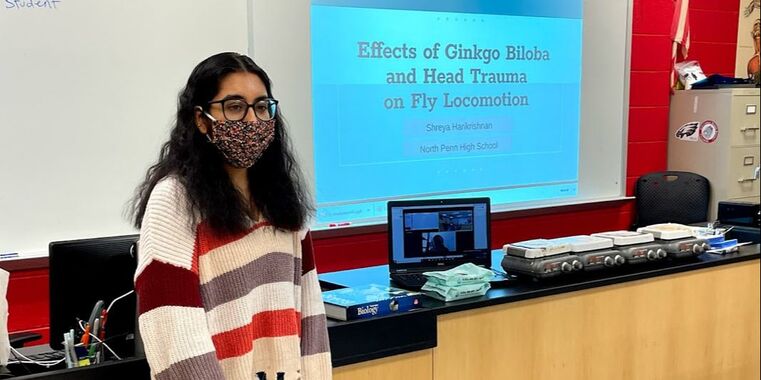 Welcome back! I can’t believe how much time has passed so far. The past 7 weeks have been very eye opening in terms of learning to conduct various experiments and really getting the sense of the true lab experience. Despite the distance, I have really gotten to know all of my peers very well and truly have found an amazing family at TRIP with which we all share a common interest in science. I have also learned and developed so many experimental and presentation skills that will definitely be beneficial to me in the future from the preliminary assay that I completed on the effects of ginkgo biloba and head trauma on fruit fly locomotion. As I have mentioned before, I am very interested in Neuroscience so I was able to make a deeper connection to this assay especially after discovering that ginkgo biloba stimulates brain function. I hypothesized that ginkgo biloba will enhance the flies' activity. After learning to make fly food, sorting many, many flies, creating drug vials, and recording and analyzing developmental data, I conducted the Negative Geotaxis Assay to determine how active the flies were after being placed in their different conditions. This assay measures fly activity and locomotion and the activity was measured based on how many flies were found in a particular region. If flies were found in the 0-4 region, they were determined to be inactive and if flies were found in the 4-8 region, they were determined to be active. Overall, this entire experience was extremely intriguing and taught me many lessons to keep in mind for the future. Regarding my independent project, I decided to delve deeper into how classical music will affect adult fruit fly memory after a traumatic brain injury. Being a musician, classical music has been a huge part of my life. Through personal experiences and research, classical music has been proven to stimulate brain activity. Focusing on neurological disorders/brain impairments, I wanted to find out if music can really stimulate memory and brain activity in an impaired brain and see if this can be related to how music could be used as a therapy to rejuvenate the deactivated senses. I think it would be very intriguing to explore this topic and see how the results expressed by the flies could relate to similar conditions in humans. What’s even more exciting is that I will be performing a unique memory assay, called the Proboscis Extension Reflex (PER) Assay, which has never been tested before in the history of TRIP. While it's a little nerve-wracking, I am very excited to take on this new endeavor and see where it leads me. I can’t wait to further challenge myself and see what results come out of this experience! I’ll check back with you all soon! I chose to see how blue light affects flies...because it will help me get an idea of how blue light is affecting my life. 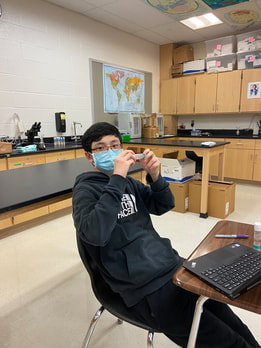 It definitely does not feel like I have been involved with TRIP for two months already. Since my first blog, I have presented the results of my first research project in a five minute talk with the class and have started working on my main project. Waking up early to go to the lab is nothing like waking up to go to school. Every week, I look forward to working in the lab to progress my independent project! The TRIP community is extremely friendly and supportive, and the guidance that Dr. Purdy and Dr. Leystra provide is invaluable. Even during the busiest days, it does not feel that stressful because you know that you have two experienced, understanding professionals who have your back. The other students here are also really great. Whenever someone from TRIP is done or ahead in their day, we offer to help each other with the repetitive hands-on work. At first, I was not very confident with my independent research project because I did not know exactly how I was going to go about it, but my mentors helped me effectively articulate and map out my ideas. At first, I was just planning on studying the effects blue light emissions have on adult fly mood and energy levels. Since then, I have kept the same general idea but, instead of just testing adult flies flies that I have collected, I am testing adult flies that have grown in my vials from being just larvae and pupae. I chose to see how blue light affects flies throughout their entire life cycle rather than just their adult life because it will help me get an idea of how blue light is affecting my life. I am excited to continue working on and finishing my independent projects and I hope to see significant results in my study.
With the pandemic, most of us have been increasingly isolated and I’ve found that taking care of mental health is especially important under these conditions. My family frequently takes CBD and I want to see if it actually helps with feeling anxious and also see how that changes when the flies are put in isolation. I am interested to see if CBD alleviates stress in previously isolated flies, but I am also interested to see if CBD can actively improve anxiety/mood even when the flies aren't particularly stressed. I have just submitted my third weekly experimental plan and this process is teaching me how to be detailed and precise with planning. Even with everything planned out, It can still be very difficult to keep up with the timing and to make sure each task gets completed. It's only been 2 weeks into working with my independent research question and I already have over 50 vials to keep track of! This number will just continue to grow and this aspect has been challenging my prioritization skills. I will need to collect data from each vial from the past weeks and continue to make more. So far, TRIP has been incredibly engaging and has challenged me to stay organized, efficient, and curious. I’m excited to continue researching and hopefully yield some interesting results! Hi again everyone! We are coming up on week 8 of TRIP and I feel like so much has happened since the beginning of the program. We have sorted, made fly food and drug stocks, done introductory experiments, and now we are beginning our independent projects! Participating in TRIP so far has been so fun and has been a great new experience for me. Our first experience with fly experiments in the lab was with our introductory fly experiments, where I got to test how high temperatures affect the fertility of the flies. This was very interesting to me because I was initially very interested in fertility when coming into TRIP. My first experiment helped me to really get introduced to the lab and the lab culture. I was very nervous to start my independent project because I wasn’t really sure what I wanted to look into, but I knew that I wanted to be able to connect it to my personal life. For my project, I am studying the effect of taurine, which is found in energy drinks, on anxiety and gut health. This is interesting to me because I experience a lot of anxiety on a regular basis as well as stomach problems, which seemed to be amplified when I started drinking energy drinks. I have used the centrophobism assay to try and see the effects of taurine on anxiety and I will be using the microbiome assay on the different generations of flies to test out my question. If my assumptions are correct, then the anxiety and gut health of the flies will be worsened by the taurine, but that is to be determined so far. Getting to design my own independent project has been challenging because I never know what will actually work in the lab. Even though I have struggled at times, I have found that asking for help from my peers and from Dr. Purdy and Dr. Leystra has been a great resource that has helped me a lot when I am completely lost. Over the next few weeks, I cannot wait to continue experimenting on my flies (and hopefully not kill all of them). Everyone is so nice, and, even though I still don’t know what the lower halves of their faces look like, I feel like I have become part of a very supportive family. We’ve begun our independent projects, but before that we each conducted an introductory experiment. My introductory experiment was about the effect of the drug Valerian on the anxiety of flies stressed with UV radiation. Through doing that mini project, I learned how to sort flies on ice, do the open field centrophobism test (a test that measures anxiety), and received a lot of tips on how to give a good presentation.
Now to the good stuff… beheading the flies! The glucose assay indirectly measures glucose metabolism by measuring how well a pink-colored solution absorbs light so a big part of the procedure is cutting the heads off the flies, as the eyes of fruit flies are red and the pigment would mess up the data. Even with a microscope, it’s quite hard to behead them without cutting off some of their body as well because flies are just so tiny. Dr. Purdy helped me a lot with the rest of the procedure because there are a lot of steps and equipment. Unfortunately, the spectrophotometer was malfunctioning, so I wasn’t able to get numerical data. However, the varying shades of my pink solutions indicate that there were indeed different levels of glucose, which is a good sign. As I see what is working and what isn’t I will probably make a lot of changes to my project, and I’m really excited to see how it will turn out!
It’s been really cool to see the ideas of my peers in motion and be able to learn from each other. For my independent experiment, I am investigating the combined effects of a temporary increase in sugar in diet and sleep-deprivation on the cognitive function of developing organisms. I felt that this was important to investigate, because many young people consume more sugar while staying up late to study for tests. While getting less sleep certainly does reduce one’s cognitive function, I wanted to see whether consuming sugar ameliorated or bettered its negative effects. If I have time, I would also like to do similar studies with caffeine and sleep-deprivation, as many young individuals also consume higher amounts of coffee than usual when tired. I especially think it would be very interesting to see how cognitive function is affected differently when all three components are mixed together compared to when separate. I have made a lot of new friends at TRIP, and have enjoyed learning with and from them. Dr. Purdy and Dr. Leystra are always helpful, and I am still amazed at how I was able to learn so much in only 7 days of sessions. I look forward to seeing where my experiment leads me and what my peers and I discover. It felt like a long journey when I started TRIP, but it seems like I am speeding towards the end of it. However, I am sure that I will make many more fun memories at TRIP in the weeks to come. Until next time!
|
Archives
April 2024
Categories
All
|




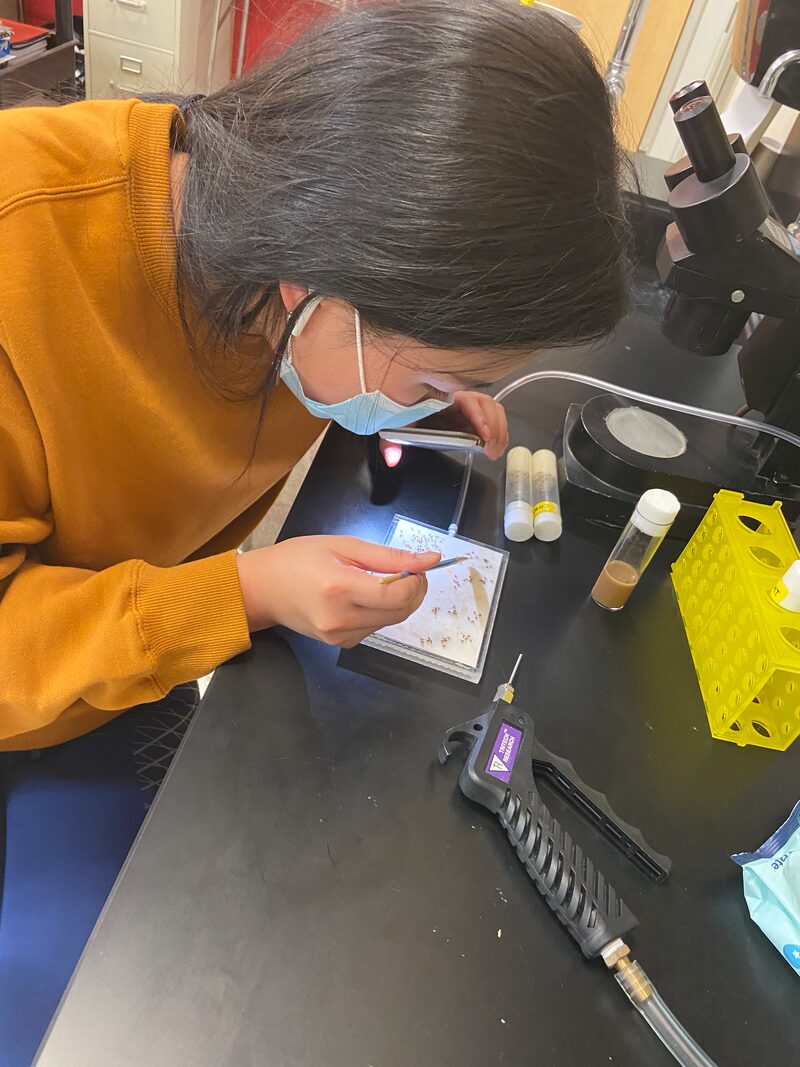

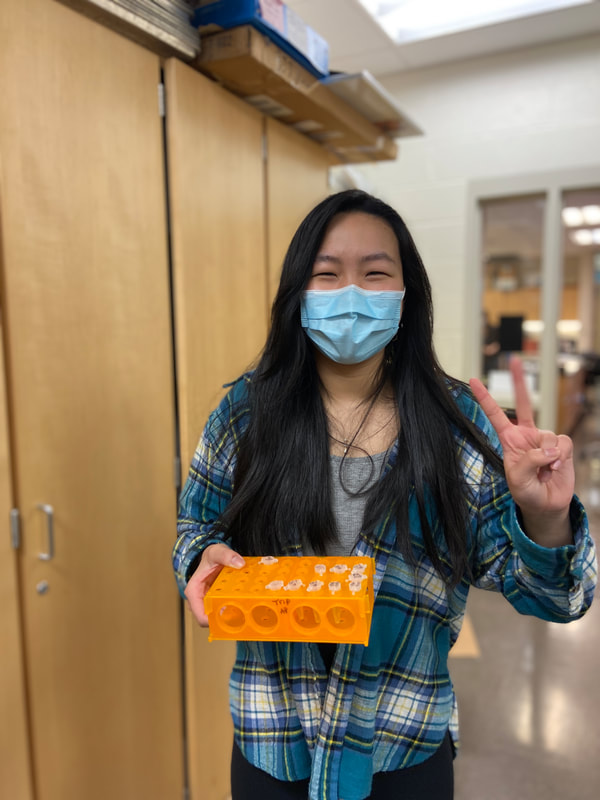

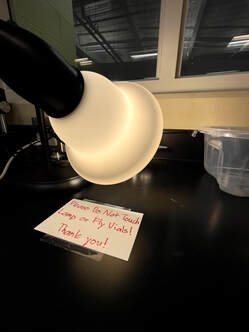
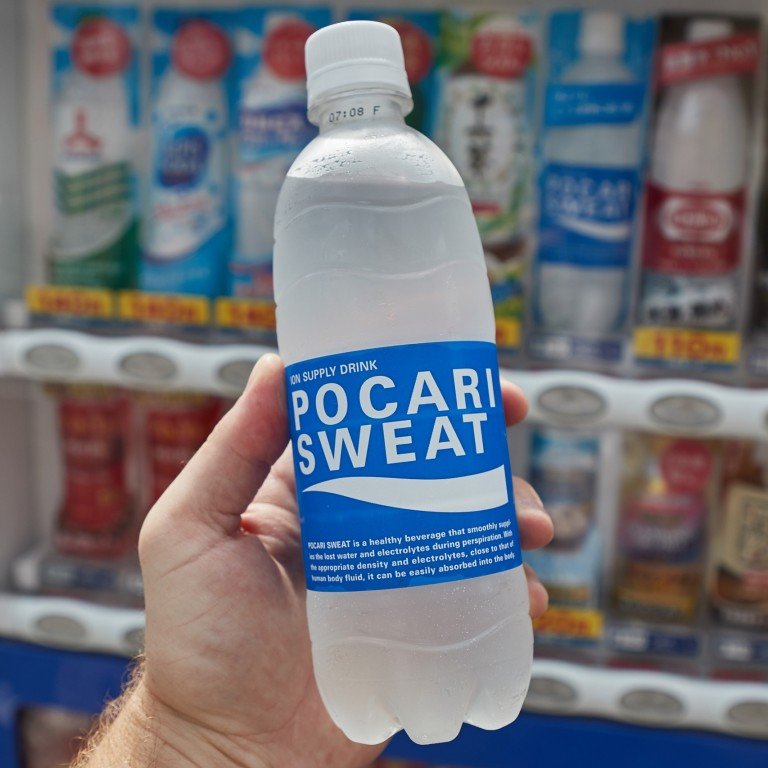


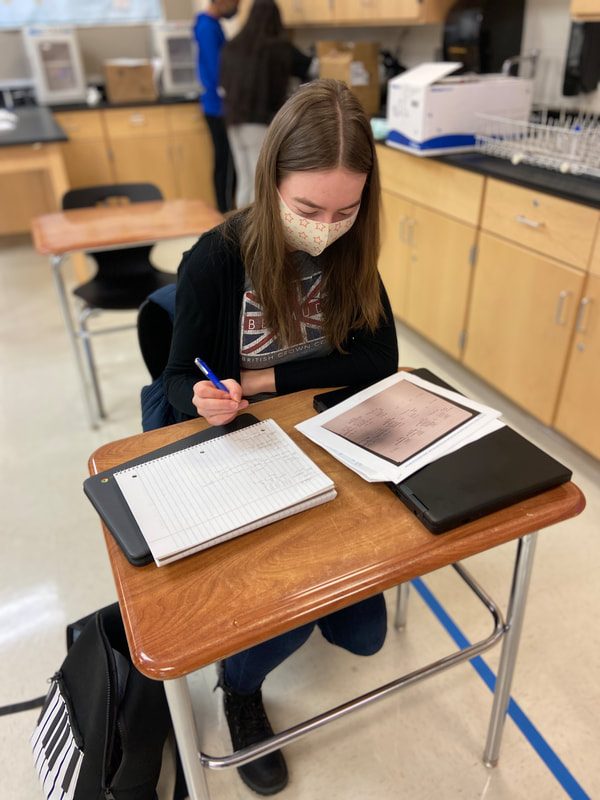
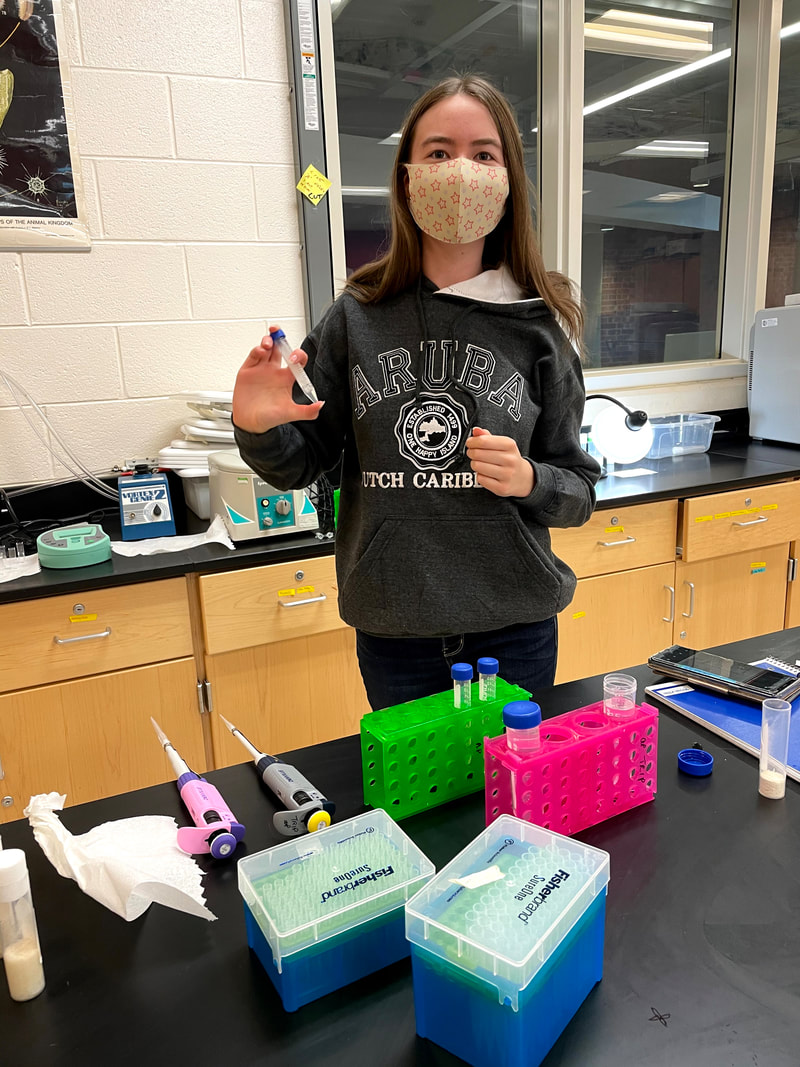
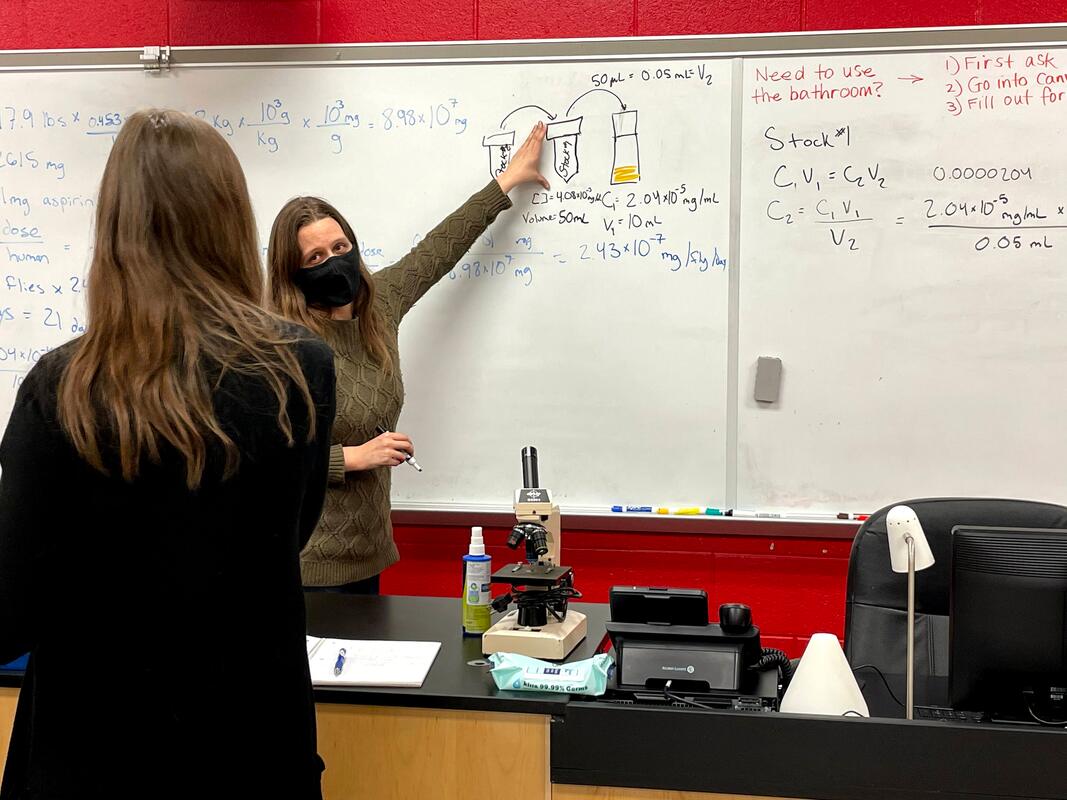



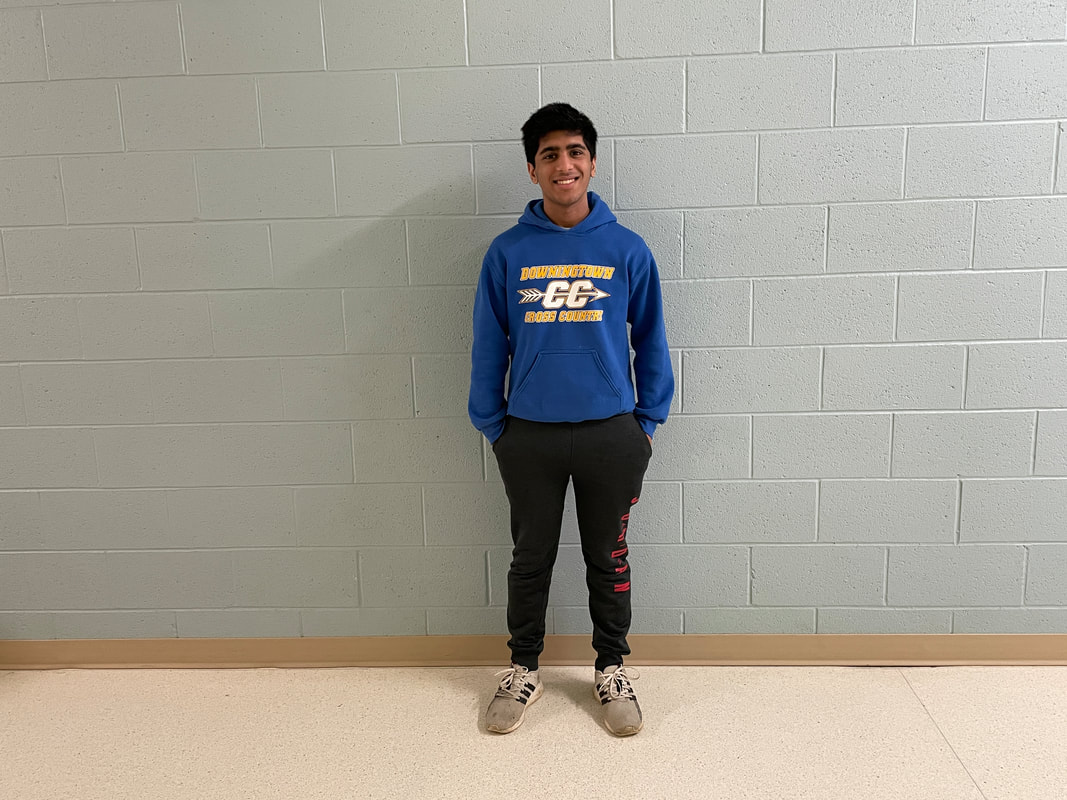
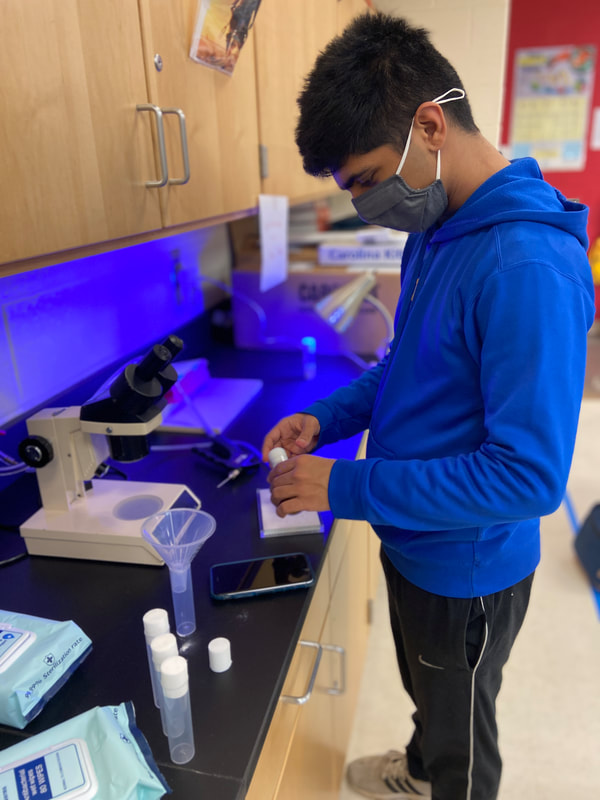
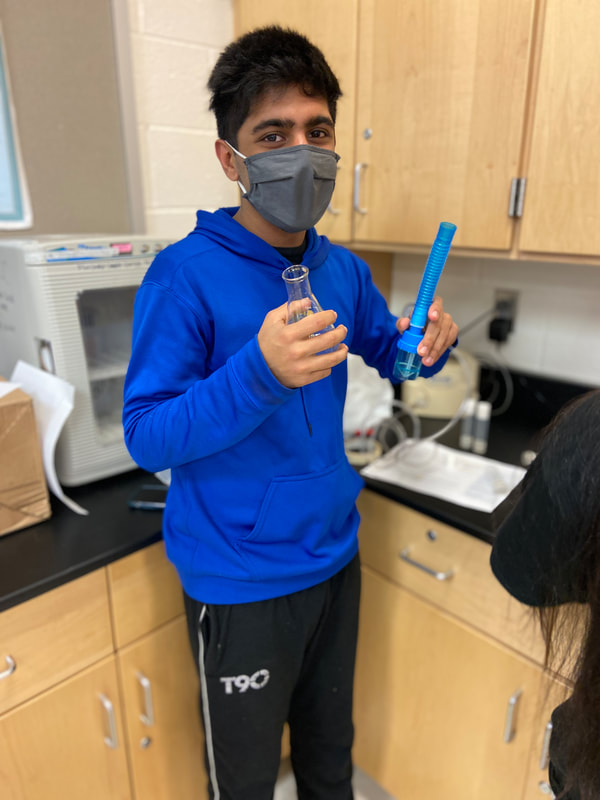

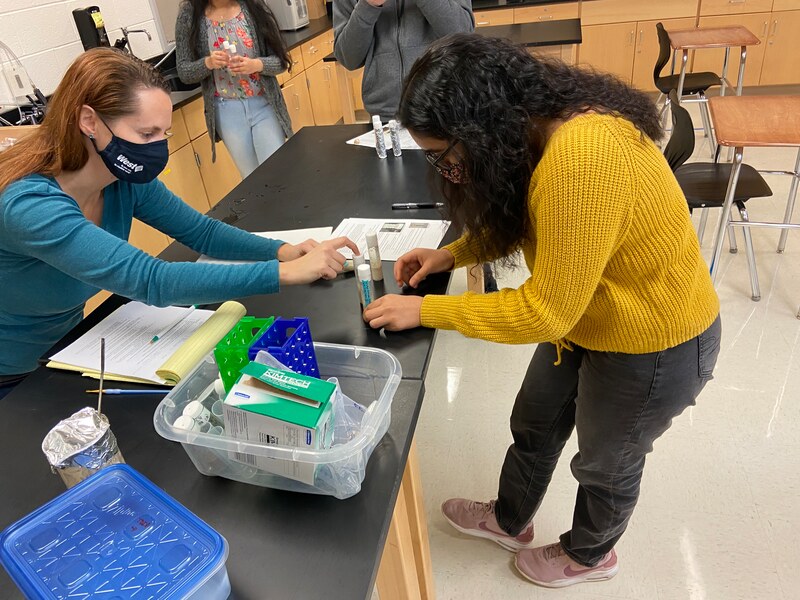
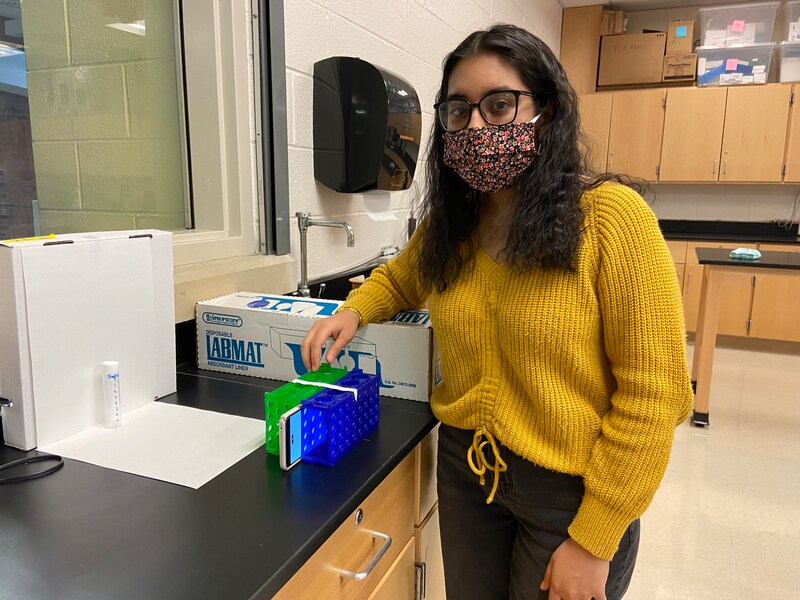


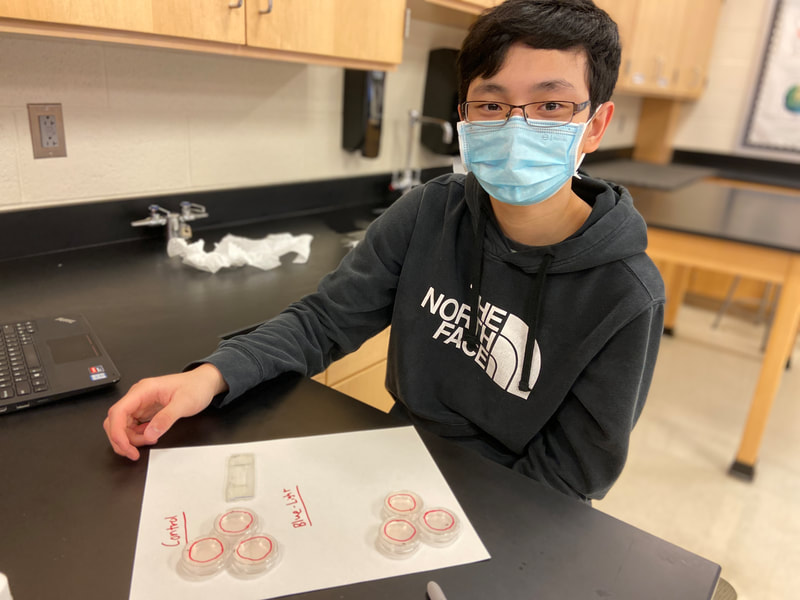

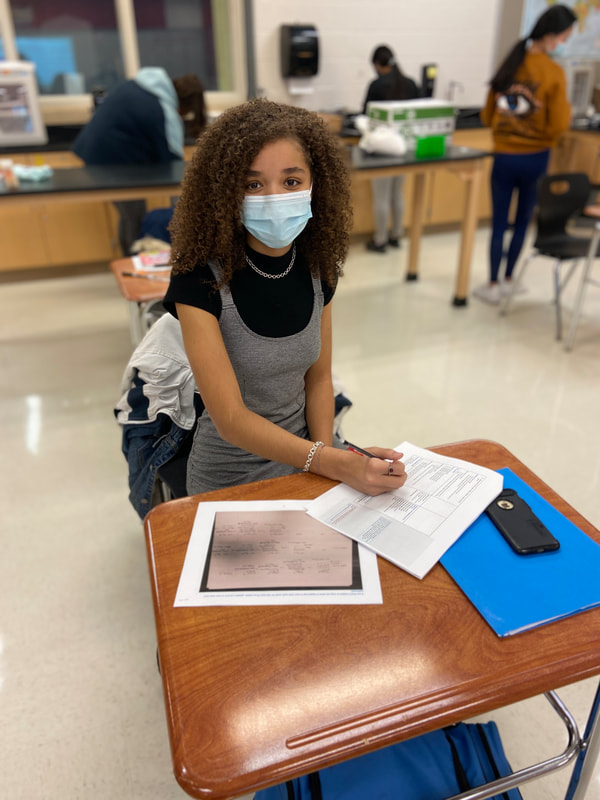
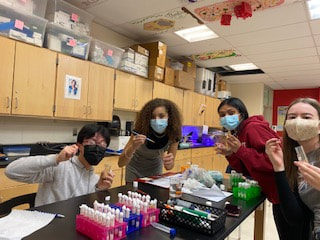



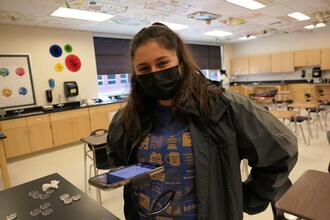




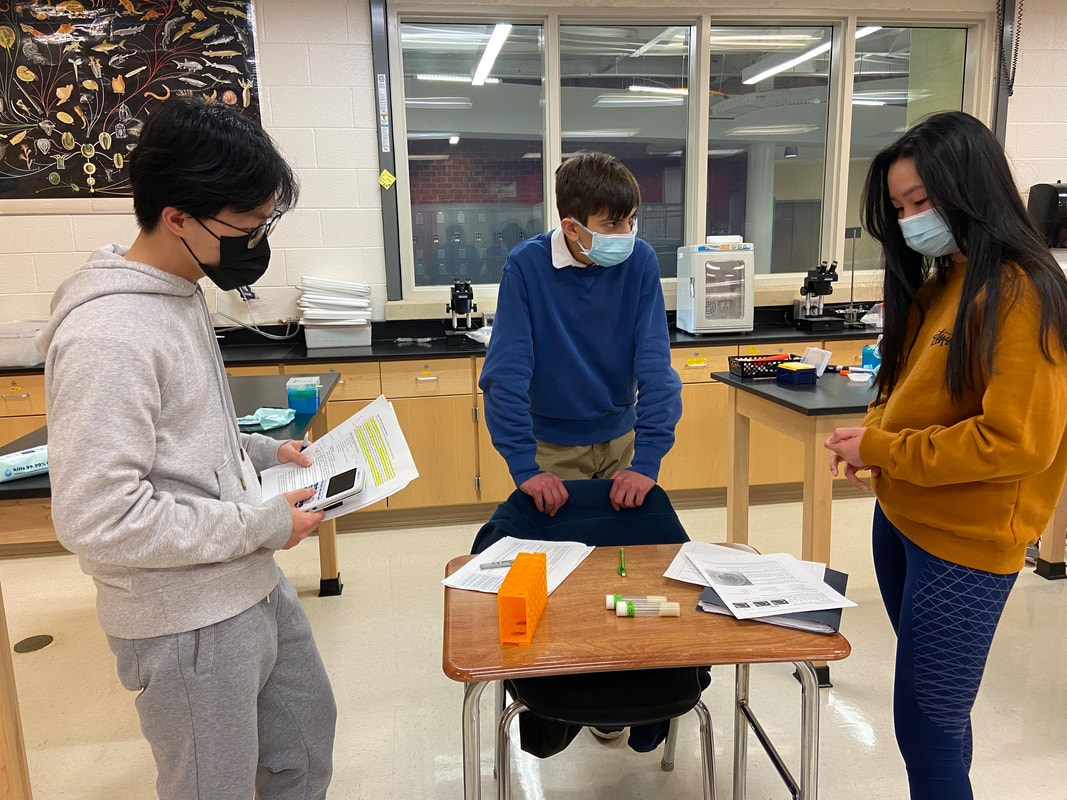

 RSS Feed
RSS Feed